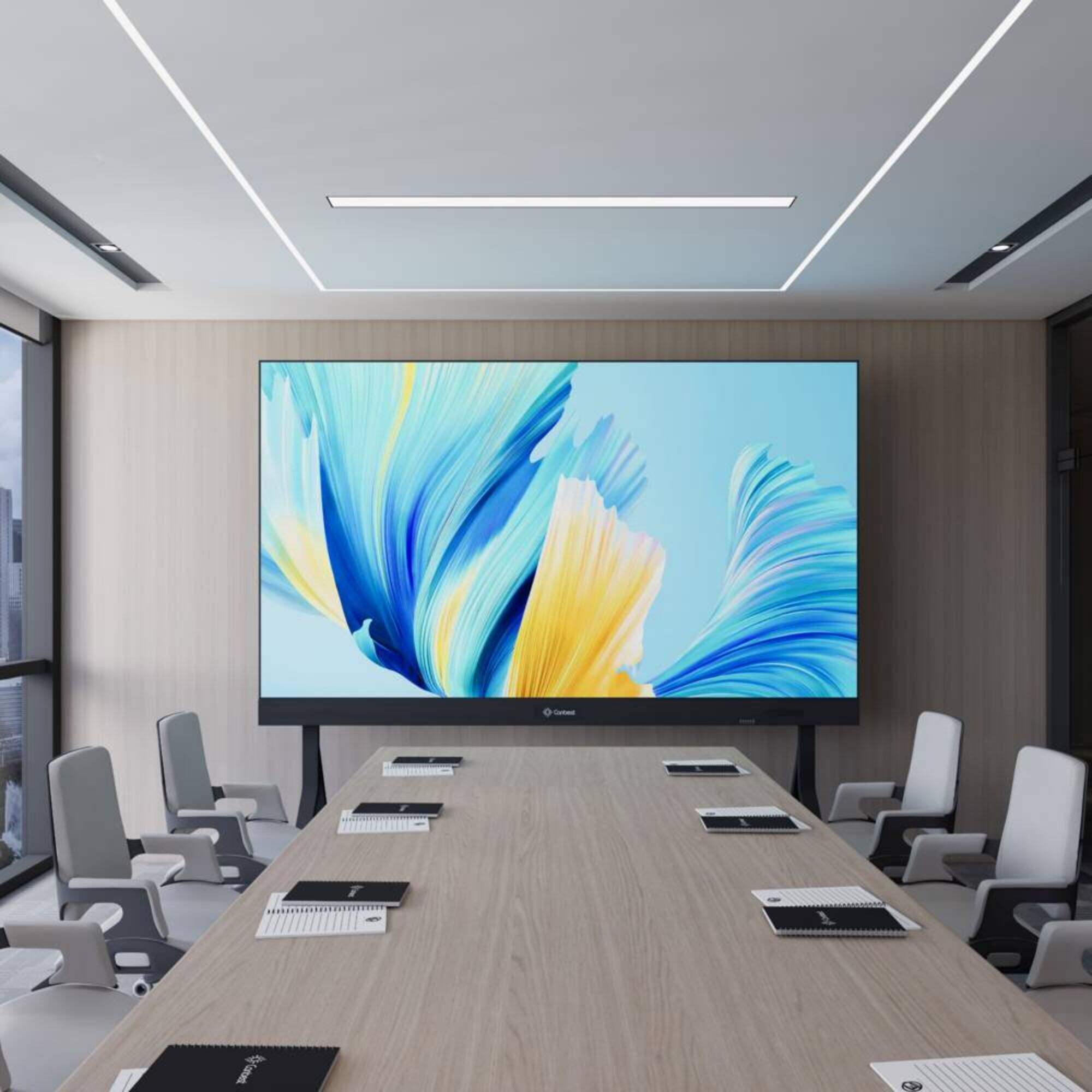It is important to know how indoor and outdoor LED displays differ to ensure it perform at their best. This article looks at indoor and outdoor LED displays in detail and gives tips on how to easily tell them apart.

Indoor LED displays from Canbest are made for covered areas. You can usually find these kinds of screens in shopping malls, conference rooms, airports or retail stores. It has several features that make them suitable for use indoors.
Features of Indoor LED Displays
1. Brightness: Compared to outdoor models, indoor LEDs or led screen indoor generally work at lower brightness levels because lighting conditions tend to be controlled within enclosed spaces.
2. Pixel Pitch: The pixel pitch tends to be smaller in an indoor display which allows for higher resolution images providing clear pictures even when viewed from a short distance away.
3. Design and Aesthetics: Sleek designs characterize most indoor LEDs making it possible for such screens fit into smaller versatile enclosures with advanced aesthetics blending seamlessly into stylish environments.
4. Environmental Protection: Since they are not exposed to extreme weather conditions, there is no need for ruggedness or waterproofing features on these types of displays.
5. Energy Consumption: These devices consume less power since competing against natural sunlight.
What Are Outdoor LED Displays?
Outdoor led display is designed electronic boards which can withstand rigorous external environment factors such as building facades, stadiums, billboards and public squares. It requires different unique specifications due to its specific requirements and challenges posed by usage outdoors.
Features Of Outdoor Led Displays
1. Brightness Level – Brightness has been built up higher than other types so as people can see them clearly even when exposed directly under sunlight. Adjustable brightness levels according to light intensity is essential.
2. Pixel Pitch- Larger pixel pitches are common in comparison with those found on indoors models.
3. Durability- Weatherproof builds have been used to create outdoor led display units which protect against extreme temperatures and any harsh conditions.
4. Viewability – These monitors like indoor led screen can be viewed by people coming from different angles at varying heights. Its wide span visibility features should be included during manufacturing process stage.
5. Energy Usage - Many energy-efficient technologies were integrated into construction design features aiming reduce overall consumption rates. It still remains significantly higher compared than other categories.
How Can You Easily Tell Them Apart?
Here are some tips that will help you quickly identify each type:
Brightness Comparison: Indoor displays will have a lower maximum brightness.
Enclosure Design: Check for any seals, gaskets, or materials that suggest it can withstand harsh weather.
Pixel Pitch Analysis: The indoor displays will have a smaller pixel pitch and higher resolution. You can use a simple measuring tool or specification sheet to find out pixel pitch.
Power Consumption: Check power specifications because outdoor displays generally have higher brightness which means it requires more power.
Environment of Use: Look at where the display is installed. If it is in a controlled enclosed space then it is most probably an indoor led display while if it is exposed to external conditions such as weather elements then it’s definitely an outdoor one.
Consult Documentation: Consulting manufacturers’ specifications might be the easiest way to know whether your LED screen was designed for indoors or outdoors use.
















































